Chris Schanck’s new sculptures at Friedman Benda merge fantasy and science-fiction
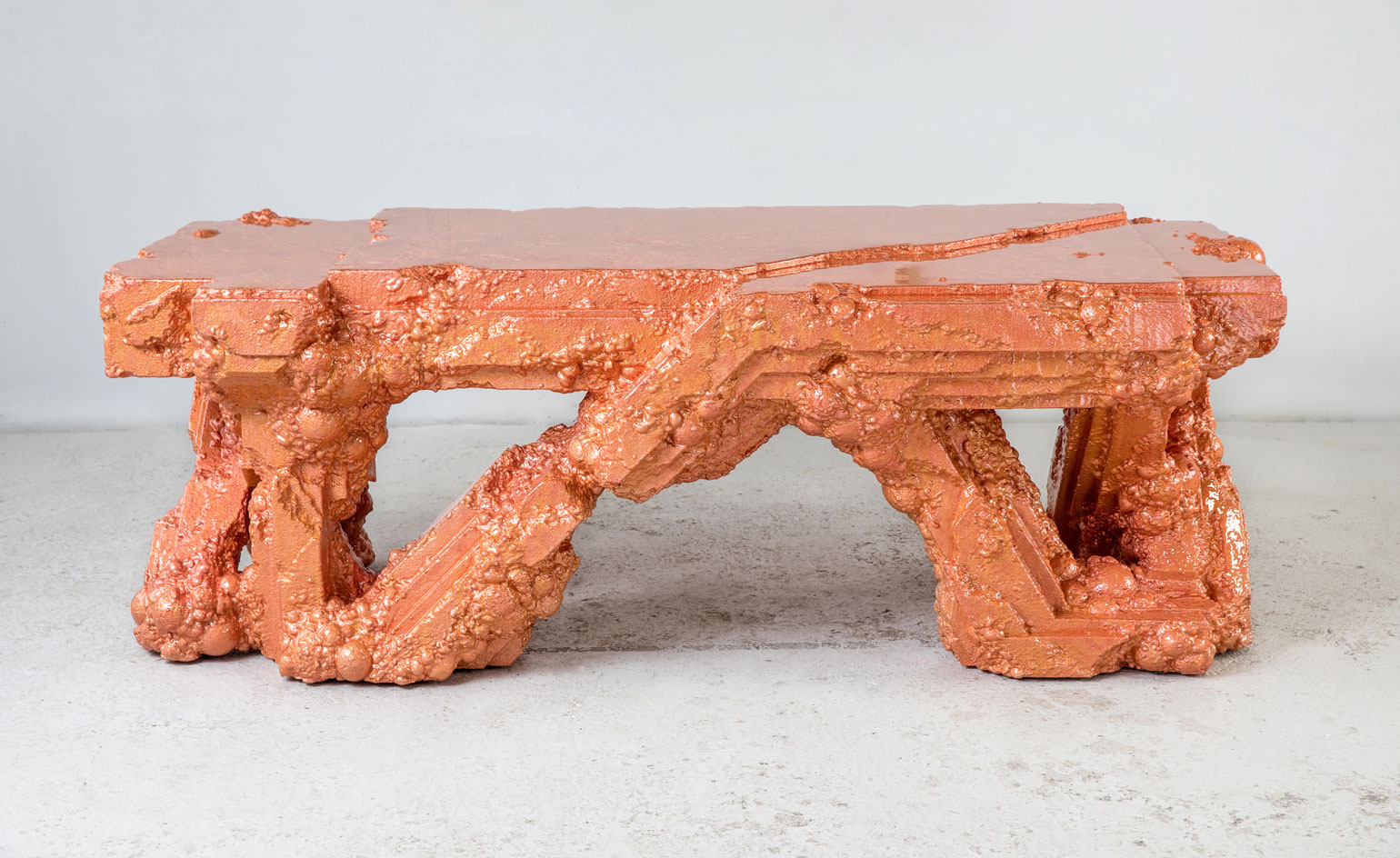
For ‘Unhomely’, his first major solo exhibition at Friedman Benda in New York, American designer Chris Schanck has produced a series of 15 pieces where furniture enters in an otherworldly dialogue with art, punctuated by references to fantasy and science-fiction.
Initially trained in sculpture at the School of Visual Arts in New York, Schanck practiced as an artist before continuing his education in the early twenty-tens at the Cranbrook Academy of Art in Michigan, where he transitioned to design. ‘In short, I wanted to make sculptures you could touch,’ recounts the 42-year old designer, who is known for his furniture of biomorphic lyricism and his unorthodox approach to materials.
It is probably his idiosyncratic, low-tech Alufoil technique — first developed while studying at Cranbrook — that propelled him to international attention. The now-signature method consists of sculpting pieces out of wood and industrial foam, sealed in a resin-based coating and covered with layers of confectioners foil, applied in small pieces.
‘Each piece is first conceived as a sculpture, then I work out how it can be engaged as a design object,’ explains the Detroit-based furniture maker of his meticulous process, which bears similarities to a medieval craft guild practice.
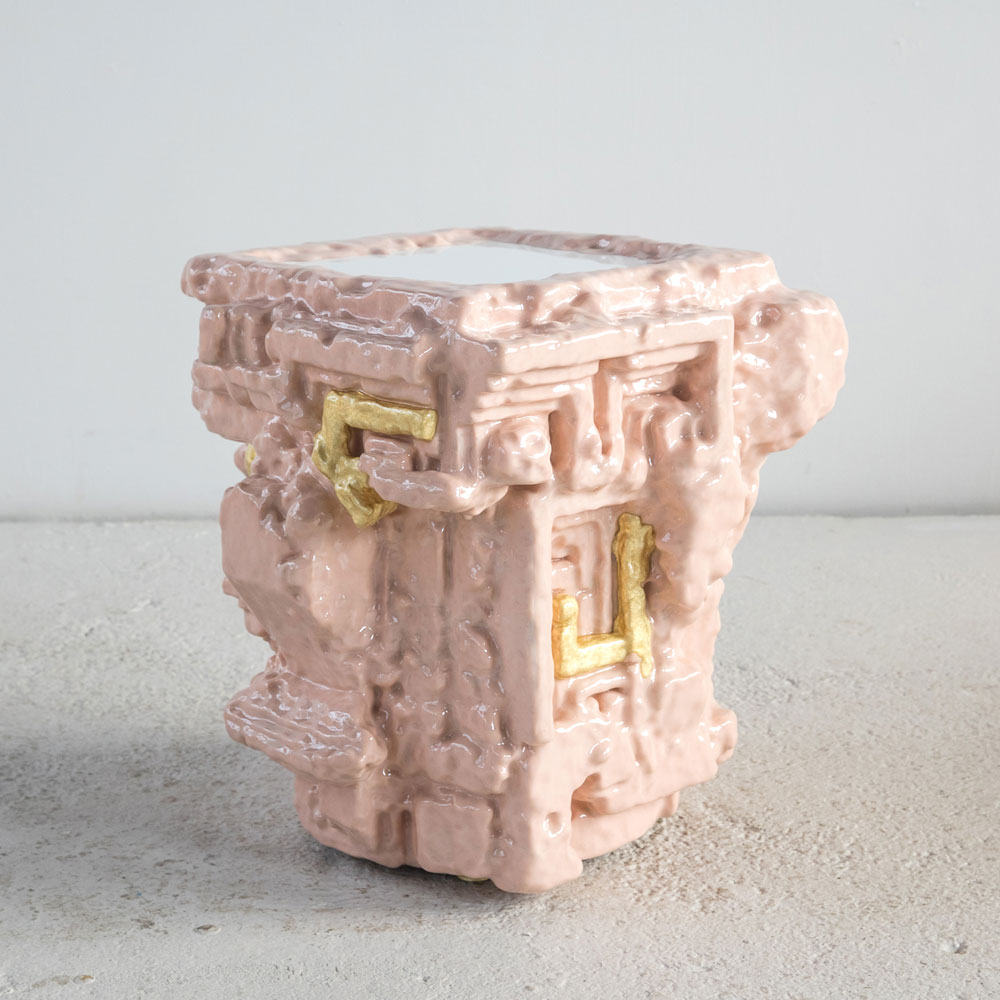
‘Fleshbot’, by Chris Schanck at Friedman Benda, 2018.
Upon graduation, it didn’t take long for industry veterans like William Sofield and Peter Marino to note Schanck’s talent, and commission Alufoil pieces for ambitious retail projects: respectively, the Tom Ford Madison Avenue flagship, and the Dior boutique in Manhasset, New York (which later expanded to 12 more stores, from Paris to Mexico City).
But for his new exhibition at Friedman Benda, Schanck indulged in a creative process at once introspective and mythical, drawing from a wide range of inspirations from brutalist and art deco architecture to ancient Egyptian, Anatolian and Aztec iconography.
Reviving a sense of figuration remindful of his formative years, the series includes a silver, head-shaped cabinet; a gold coffee table resting on a kneeling, contracted human figure, reminiscent of a Pompeii plaster cast; and a highly-sculptural, copper-coloured shelving structure evoking a dystopian, overgrown biotope — which, Schanck explains, was inspired by his neighbourhood of North East Detroit.
‘My neighbours have built gardens on their roofs, they’ve taken abandoned lots and made lot-sized gardens. Things are unregulated, I don’t know that you can get away with this anywhere,’ says Schanck, whose 3,200 sq ft studio is home to 25 employees, ranging from art students to members of the local Bangladeshi community. ‘To me, my neighbourhood very much feels like a living organism, the squash vines integrate and it’s cultural and it creates some kind of network or system of living.’
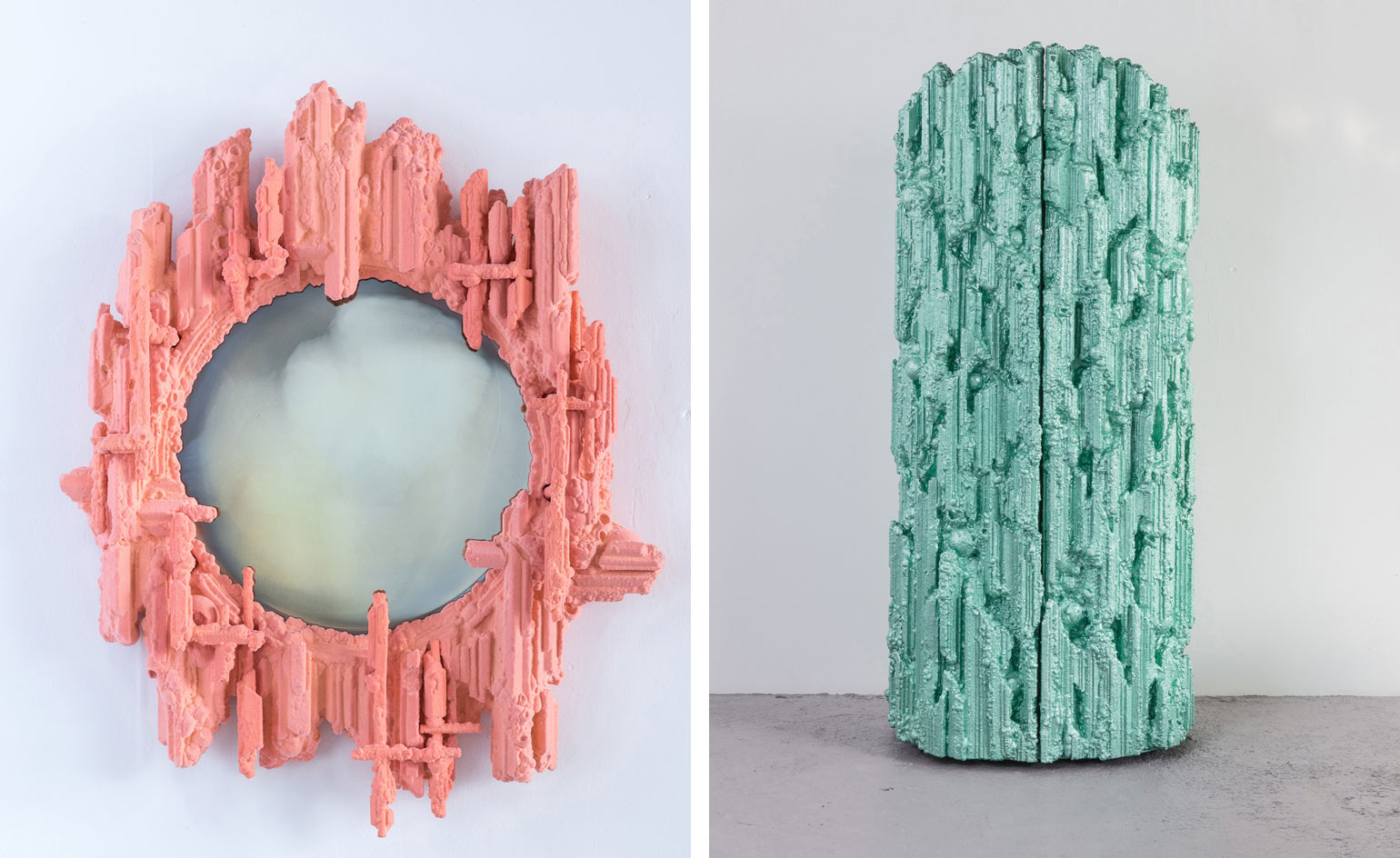
’Blush’ mirror, 2018 and ’Crustacea’ closet, 2017, both by Chris Schanck
Chris Schanck [American, b. 1975]
Crustacea
Chris Schanck [American, b. 1975]
Crustacea
Receive our daily digest of inspiration, escapism and design stories from around the world direct to your inbox.

‘Gold 900’ gold coffee table, 2018
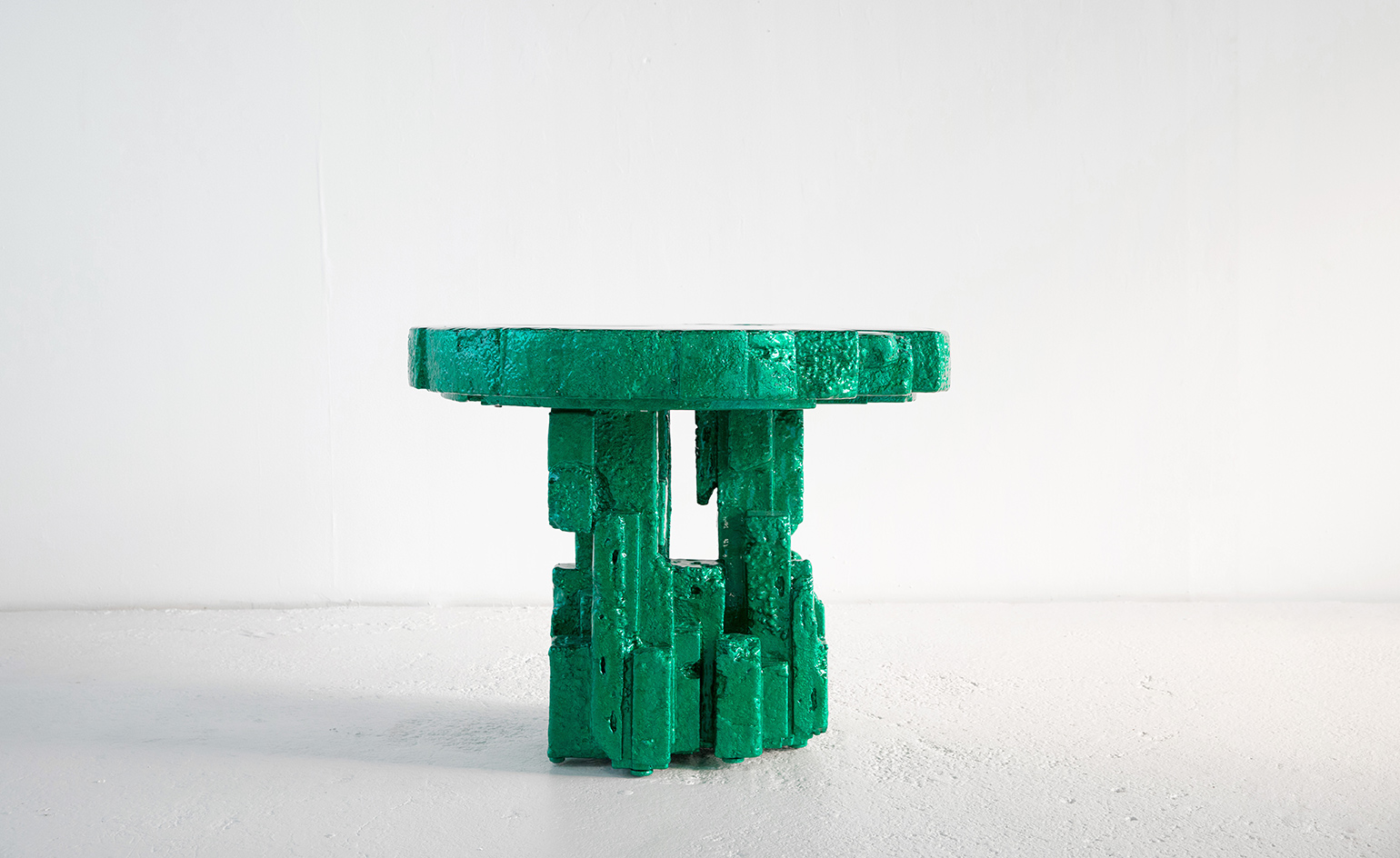
‘Spore’ side table, 2018
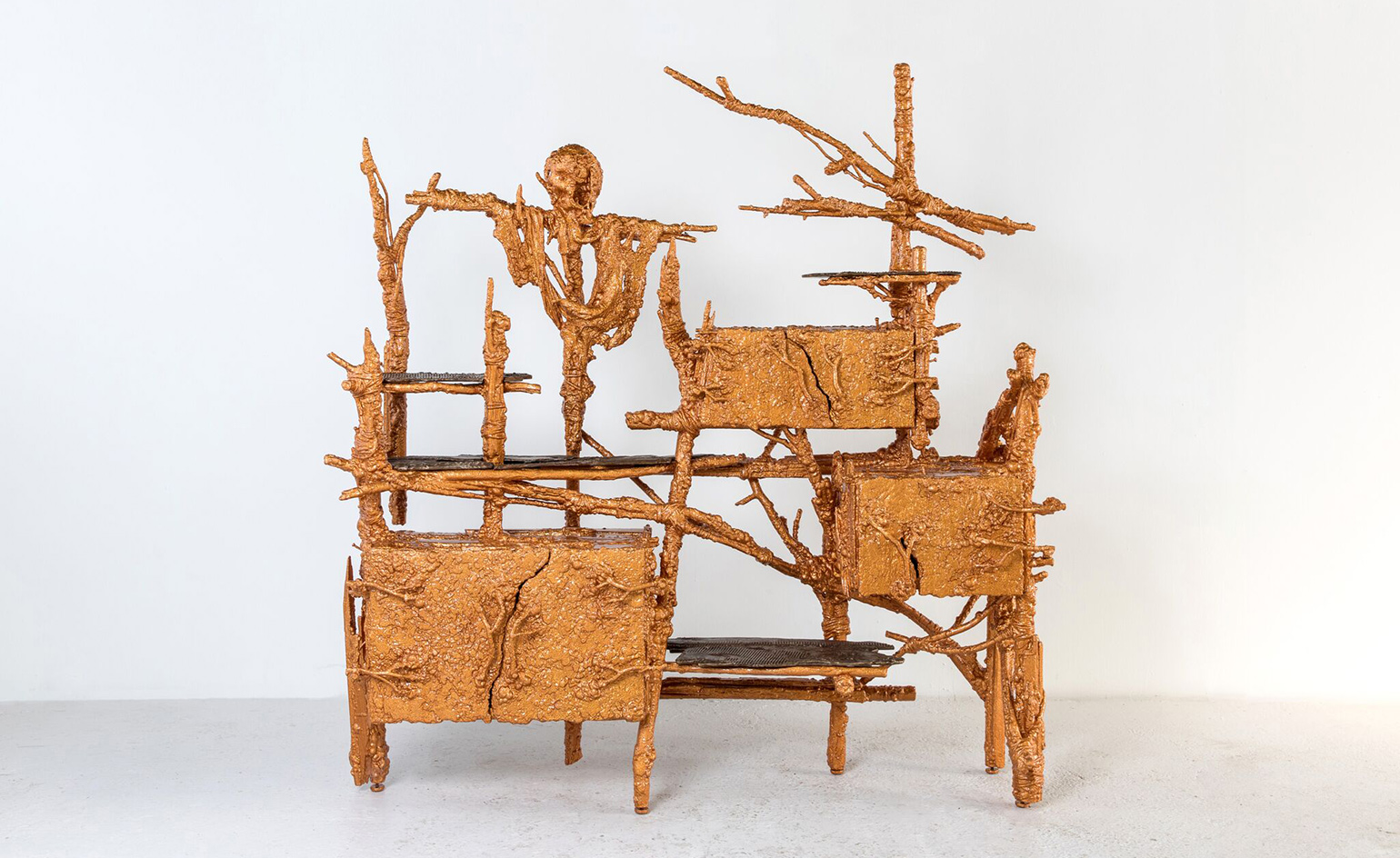
‘Banglatown’ shelving structure
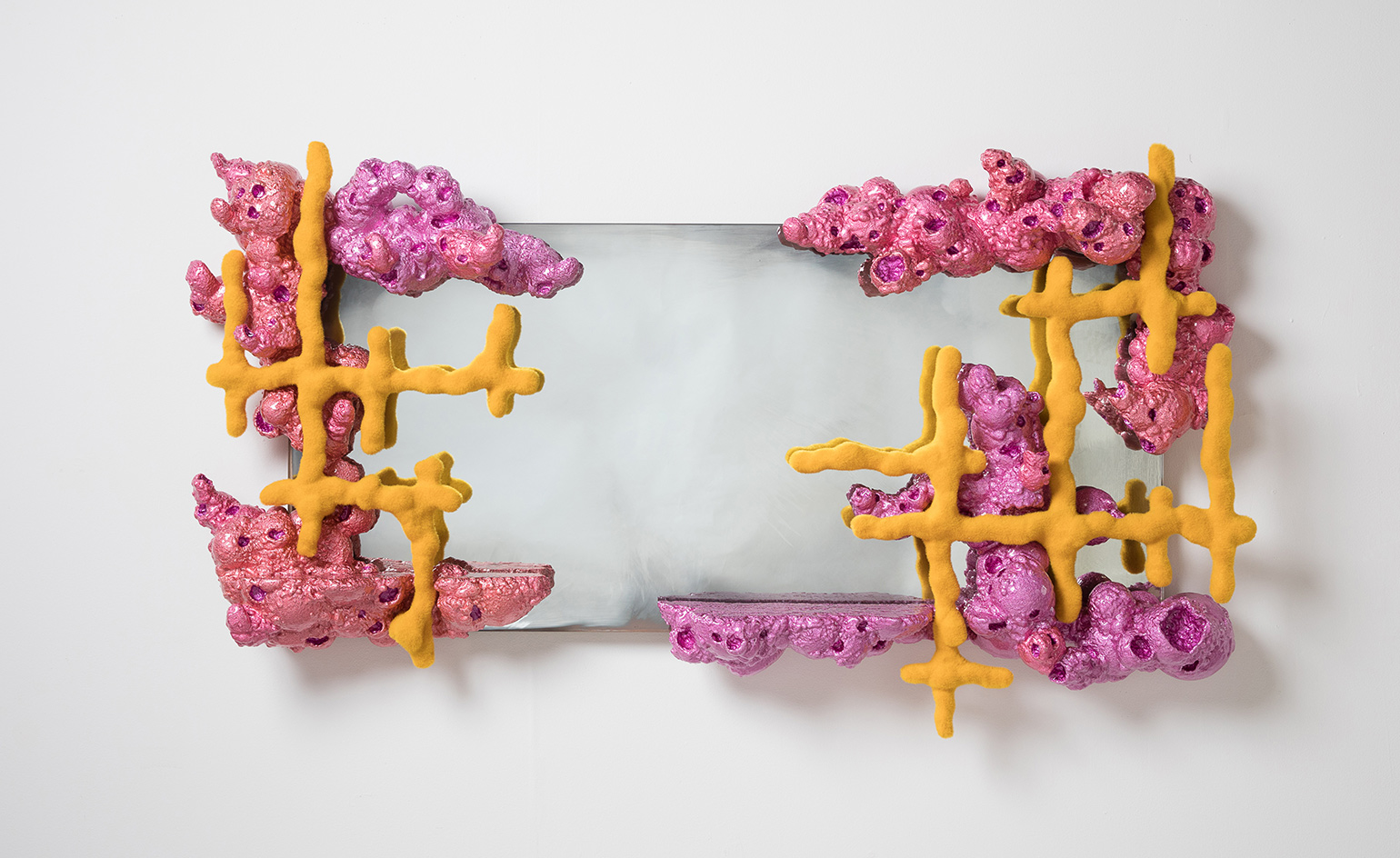
‘Bloom’
INFORMATION
‘Chris Schanck: Unhomely’ is on view until 14 April. For more information, visit the Friedman Benda website
ADDRESS
Friedman Benda
515 W 26th Street
New York
-
 Holland & Holland's Range Rover is outstanding in its field: shoot the breeze in style
Holland & Holland's Range Rover is outstanding in its field: shoot the breeze in styleCan you spare half a million pounds for a glorified four-wheeled gun cabinet? If so, the Range Rover Holland & Holland Edition by Overfinch might be the perfect fit
-
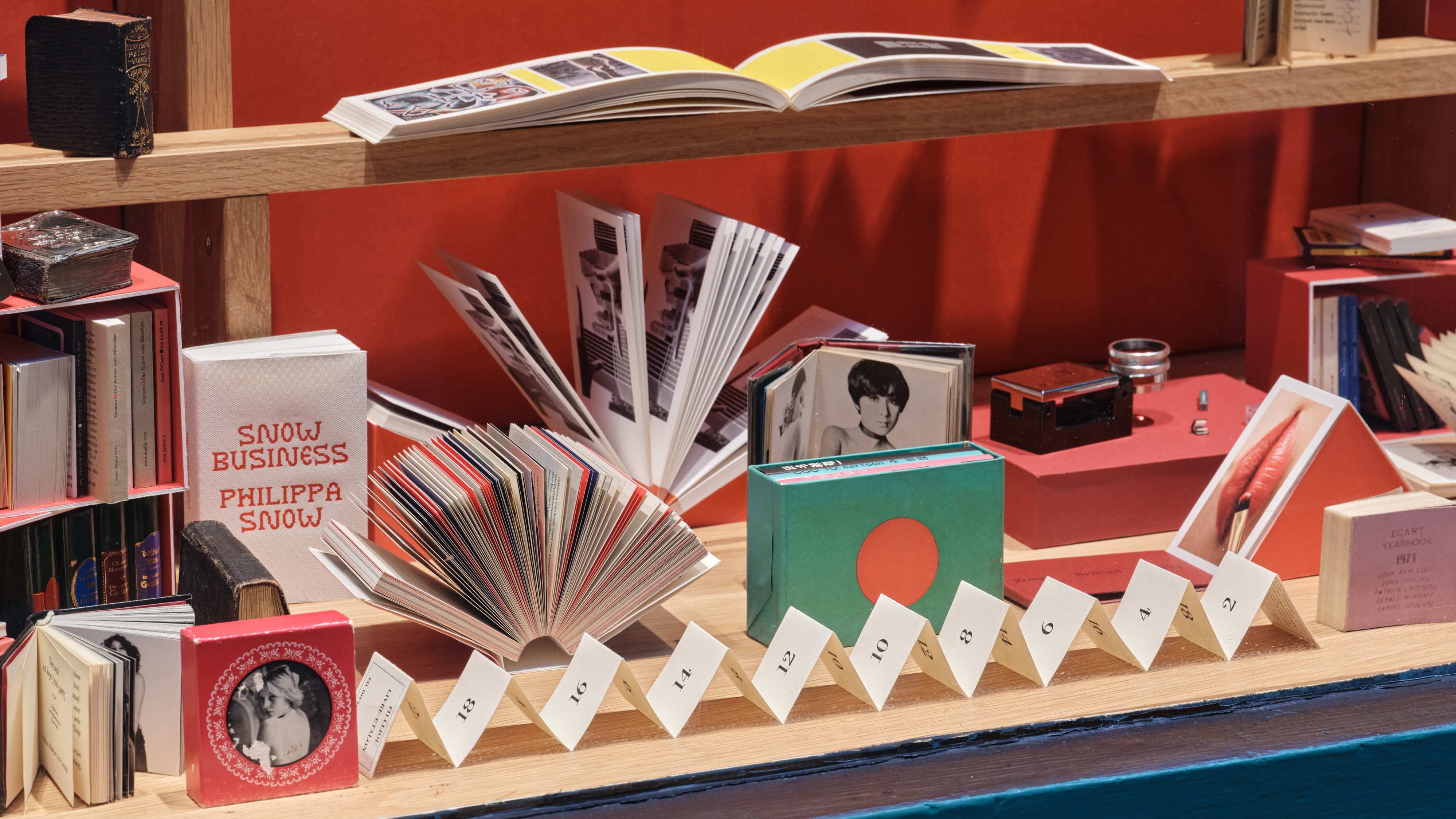 Veronica Ditting’s collection of tiny tomes is a big draw at London's Tenderbooks
Veronica Ditting’s collection of tiny tomes is a big draw at London's TenderbooksAt London bookshop Tenderbooks, 'Small Print' is an exhibition by creative director Veronica Ditting that explores and celebrates the appeal of books that fit in the palm of your hand
-
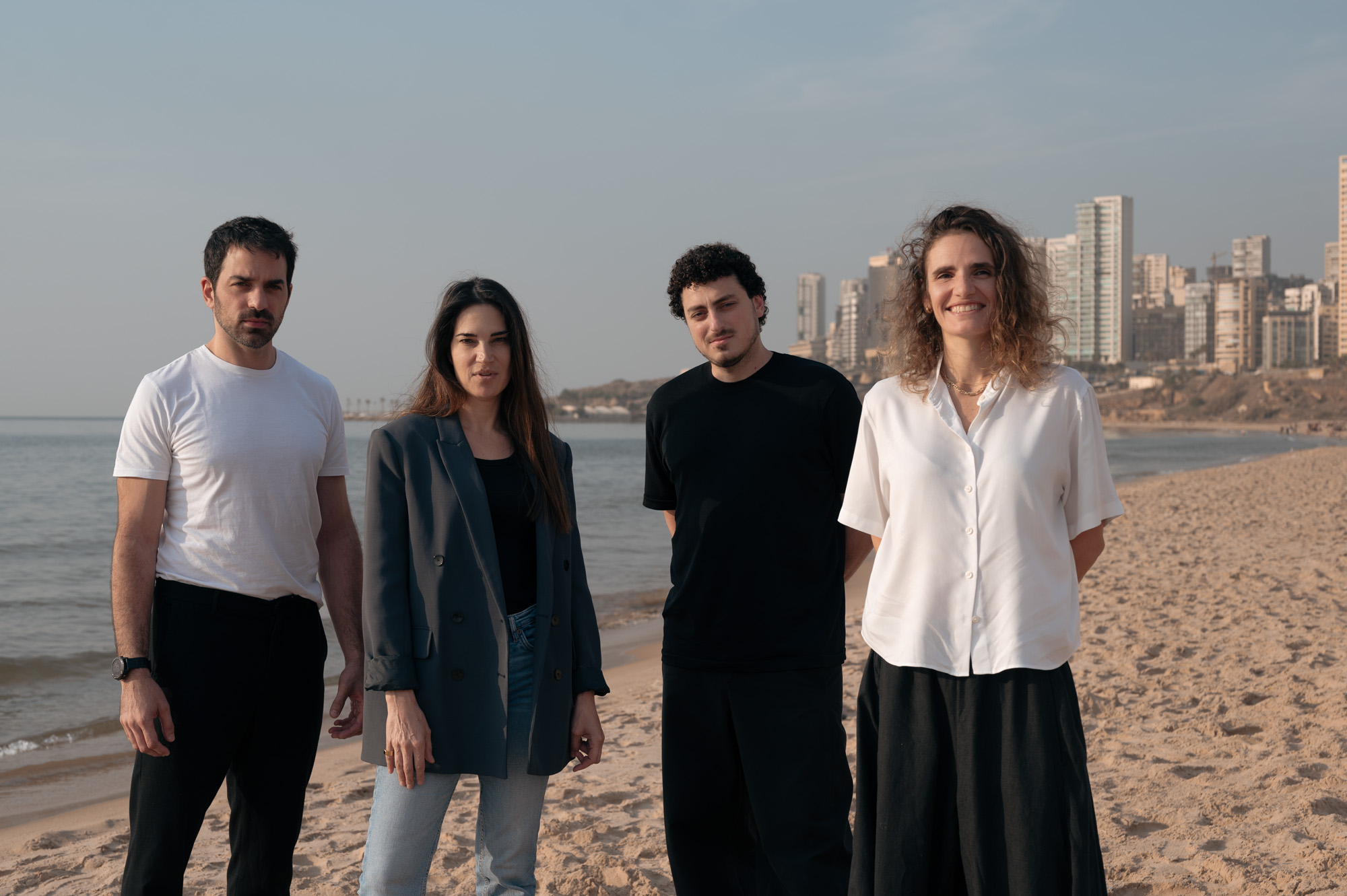 How Beirut's emerging designers tell a story of resilience in creativity
How Beirut's emerging designers tell a story of resilience in creativityThe second in our Design Cities series, Beirut is a model of resourcefulness and adaptability: we look at how the layered history of the city is reflected in its designers' output
-
 Nadia Lee Cohen distils a distant American memory into an unflinching new photo book
Nadia Lee Cohen distils a distant American memory into an unflinching new photo book‘Holy Ohio’ documents the British photographer and filmmaker’s personal journey as she reconnects with distant family and her earliest American memories
-
 Out of office: The Wallpaper* editors’ picks of the week
Out of office: The Wallpaper* editors’ picks of the weekIt’s been a week of escapism: daydreams of Ghana sparked by lively local projects, glimpses of Tokyo on nostalgic film rolls, and a charming foray into the heart of Christmas as the festive season kicks off in earnest
-
 Ed Ruscha’s foray into chocolate is sweet, smart and very American
Ed Ruscha’s foray into chocolate is sweet, smart and very AmericanArt and chocolate combine deliciously in ‘Made in California’, a project from the artist with andSons Chocolatiers
-
 Inside the work of photographer Seydou Keïta, who captured portraits across West Africa
Inside the work of photographer Seydou Keïta, who captured portraits across West Africa‘Seydou Keïta: A Tactile Lens’, an exhibition at the Brooklyn Museum, New York, celebrates the 20th-century photographer
-
 Out of office: The Wallpaper* editors’ picks of the week
Out of office: The Wallpaper* editors’ picks of the weekFrom sumo wrestling to Singaporean fare, medieval manuscripts to magnetic exhibitions, the Wallpaper* team have traversed the length and breadth of culture in the capital this week
-
 María Berrío creates fantastical worlds from Japanese-paper collages in New York
María Berrío creates fantastical worlds from Japanese-paper collages in New YorkNew York-based Colombian artist María Berrío explores a love of folklore and myth in delicate and colourful works on paper
-
 Out of office: the Wallpaper* editors’ picks of the week
Out of office: the Wallpaper* editors’ picks of the weekAs we approach Frieze, our editors have been trawling the capital's galleries. Elsewhere: a 'Wineglass' marathon, a must-see film, and a visit to a science museum
-
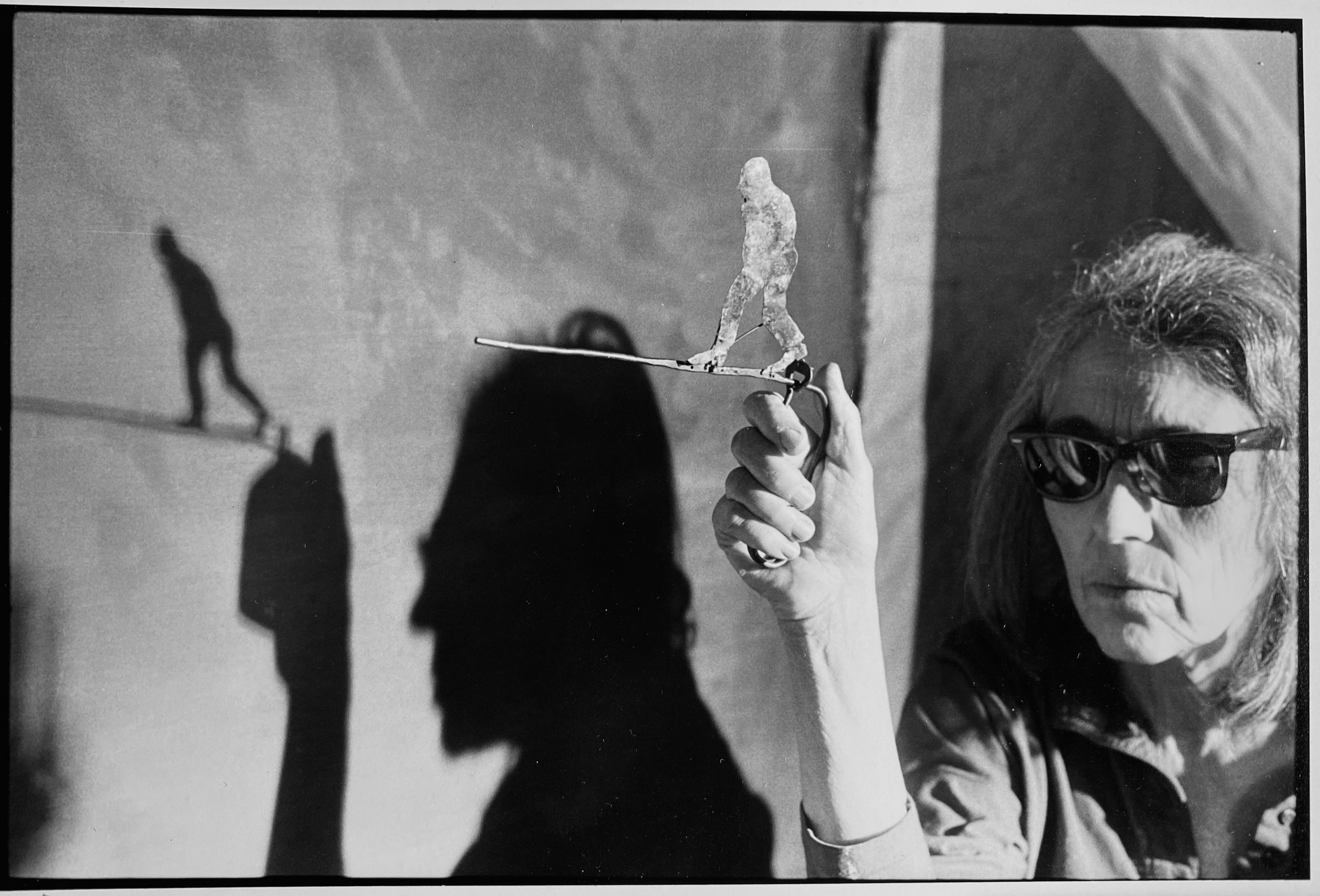 June Leaf’s New York survey captures a life in motion
June Leaf’s New York survey captures a life in motionJune Leaf made art in many forms for over seven decades, with an unstoppable energy and fierce appetite leading her to rationalise life in her own terms.